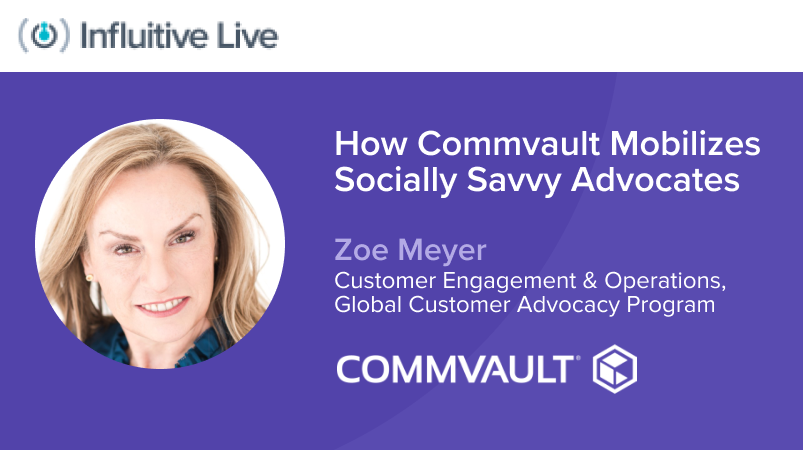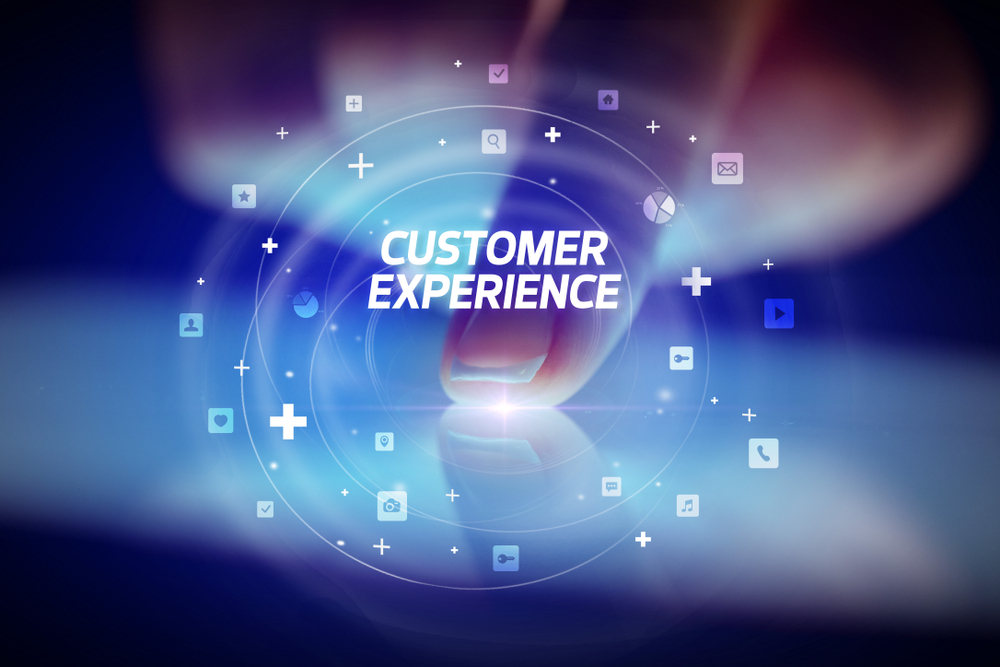Organizations can help achieve operational efficiencies by leveraging technology—as it creates a seamless internal communication process amongst stakeholders. However, the customer experience often gets lost along the way.
A customer-centric mindset focuses on people first, technology second, and will enable your organization to offer an exceptional customer experience at each stage of the customer journey. This cultural shift is essential to acquire and retain customers—and cannot happen in a vacuum. Instead, it needs to be driven from the top down as part of an overarching customer engagement strategy.
Customer-centricity gives employees a shared sense of purpose. This encourages them to work together to develop and execute ideas and processes that help create exceptional customer experiences.
Here are four steps that your company can take to become more customer-centric:
Step 1 – Include All Employees in the Customer Journey
Establishing a customer-centric culture starts with the board and CEO. Make customer-centricity a core value, providing the cause behind which all employees can rally.
Here is an example from Intuit: “We put customers at the heart of everything we do.”
Share customer insights regularly in town hall meetings and via internal systems. Opening up this information helps everyone be more customer-focused in their roles.
Reinforce this value by incentivizing employees with key performance indicators that demonstrate their contribution to an exceptional customer experience. And take the time to celebrate your customers and each other.
Step 2 – Get to Know Your Customers
Communication is a two-way street. Are you communicating regularly with your customers? And, are you offering them frequent opportunities to engage with your business?
Consider all the touchpoints with your customers by dividing them into two buckets:
- What your company regularly communicates
- The customer feedback that you want to collect
Then identify the stakeholders of these communication channels. From there, you’ll form a consistent dialog with your customers. Here are some examples:
Communication Out:
- Customer newsletter – corporate marketing brings together relevant company information such as product announcements, education & training opportunities, product demos, and bundles it up in the form of a newsletter that is regularly emailed to customers.
- Company webinars – product marketing may host webinars to demonstrate product use cases, solutions, and answer customer questions.
- Company events – stakeholders include all levels and groups within your organization from marketing, sales, education & training to the most technical. These events, whether digital or in-person, offer many touchpoints to demonstrate customer-centricity.
Customer Feedback:
- Net promoter surveys – customer success team sends out a survey once the customer has implemented the product to take a pulse on both the initial relationship and implementation experience.
- Product development interviews – product engineers conduct one-on-one conversations with customers about product innovation ideas.
- User-testing, focus groups, beta programs – product management tests the customers’ initial response to a potential new product offering or feature.
- Customer advisory boards – product marketing or customer success regularly bring customers together to share insights and/or advice with you about your business.
Step 3 – Add Value Through Innovation and Exceptional Customer Experience
Once you have a better understanding of your customers, you can now anticipate their needs. This drives more innovation on your part and more retention on the part of your customers.
Companies that are successful in creating value are excellent at predicting trends and have a strategic grasp on extending a product’s value across a broad spectrum of customer needs.
One way of adding value is to offer proactive customer service. If your company has invested in a stellar technical forum experience, you will likely observe customers helping other customers in real-time with technical questions about your products.
Online customer advocacy communities also present networking opportunities and a place for customers to be spotlighted. Both types of communities offer a digital place where you can engage with your customers and incentivize their actions through points, badges, a leaderboard, and rewards.
Step 4 – Integrate Technology for Seamless Internal Communication
Communication can occur through many channels and on different platforms. Today, there is a tool for almost all customer touchpoints. Consider integrating your technology and its respective workflows to facilitate a seamless communication process amongst your stakeholders. This will allow you to learn more about your customers.
These integration points provide an internal hand-off for the customer experience. Whether it is the sales CRM demonstrating the close of a deal that initiates the customer onboarding process or the customer success CRM informing you of a high Net Promoter Survey response that triggers an invitation to the online customer advocacy community, drive as much operational efficiency as possible without jeopardizing the customer experience. Utilize customer journey mapping to guide your internal stakeholders.
Bringing It All Together
Creating a customer-centric organization in today’s digital world is getting increasingly challenging. New technologies enable companies to adapt quickly, thereby driving up the customers’ expectations for an exceptional experience with your brand.
There are several steps you can take to become more customer-centric. The most important one begins with forming the company culture around the needs of the customer. This enables you to align your employees and your technology to the same customer-focused goals.
When your company functions with a customer-centric mindset, it has a greater chance of meeting and exceeding expectations throughout the customer’s journey.





